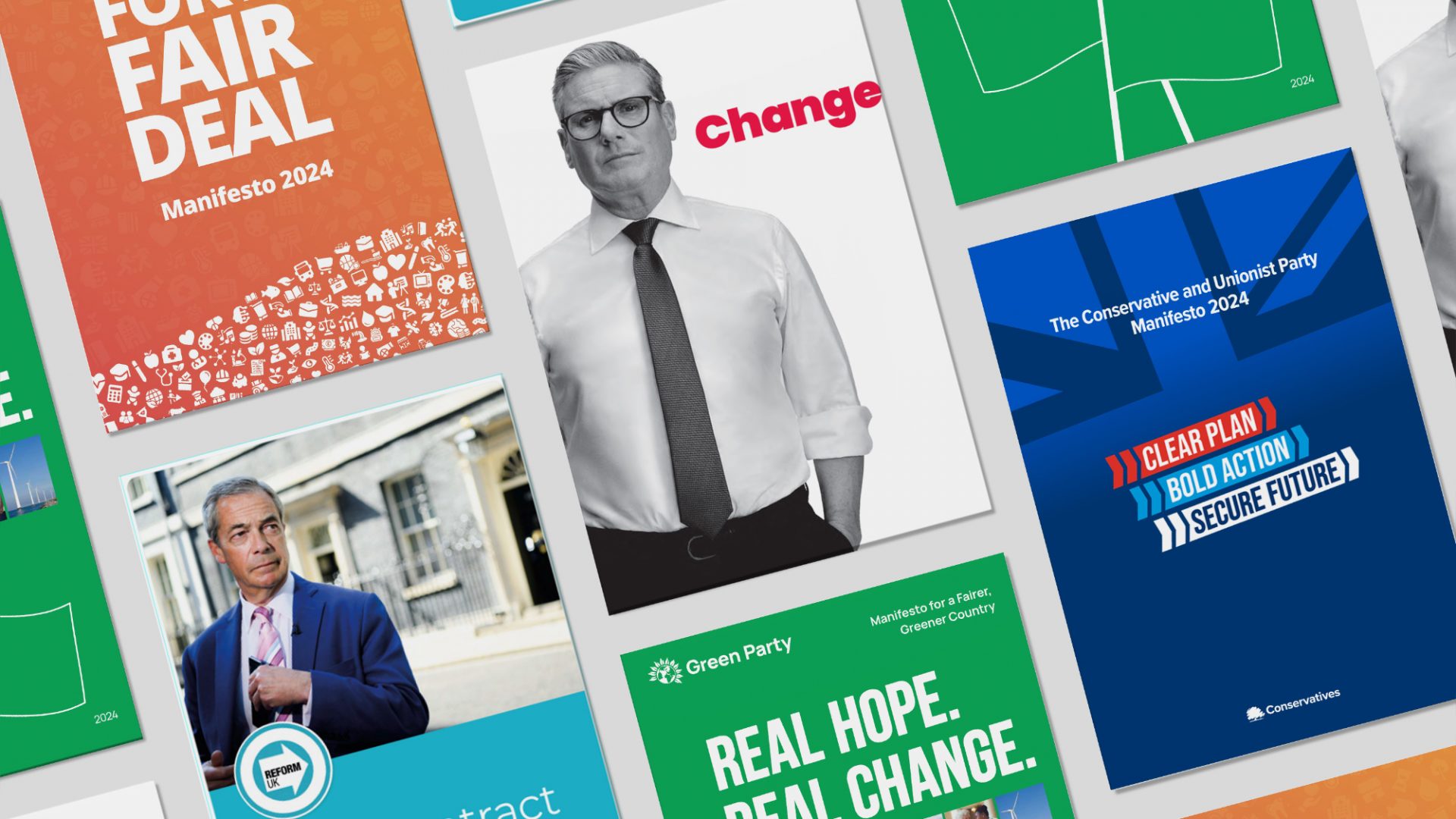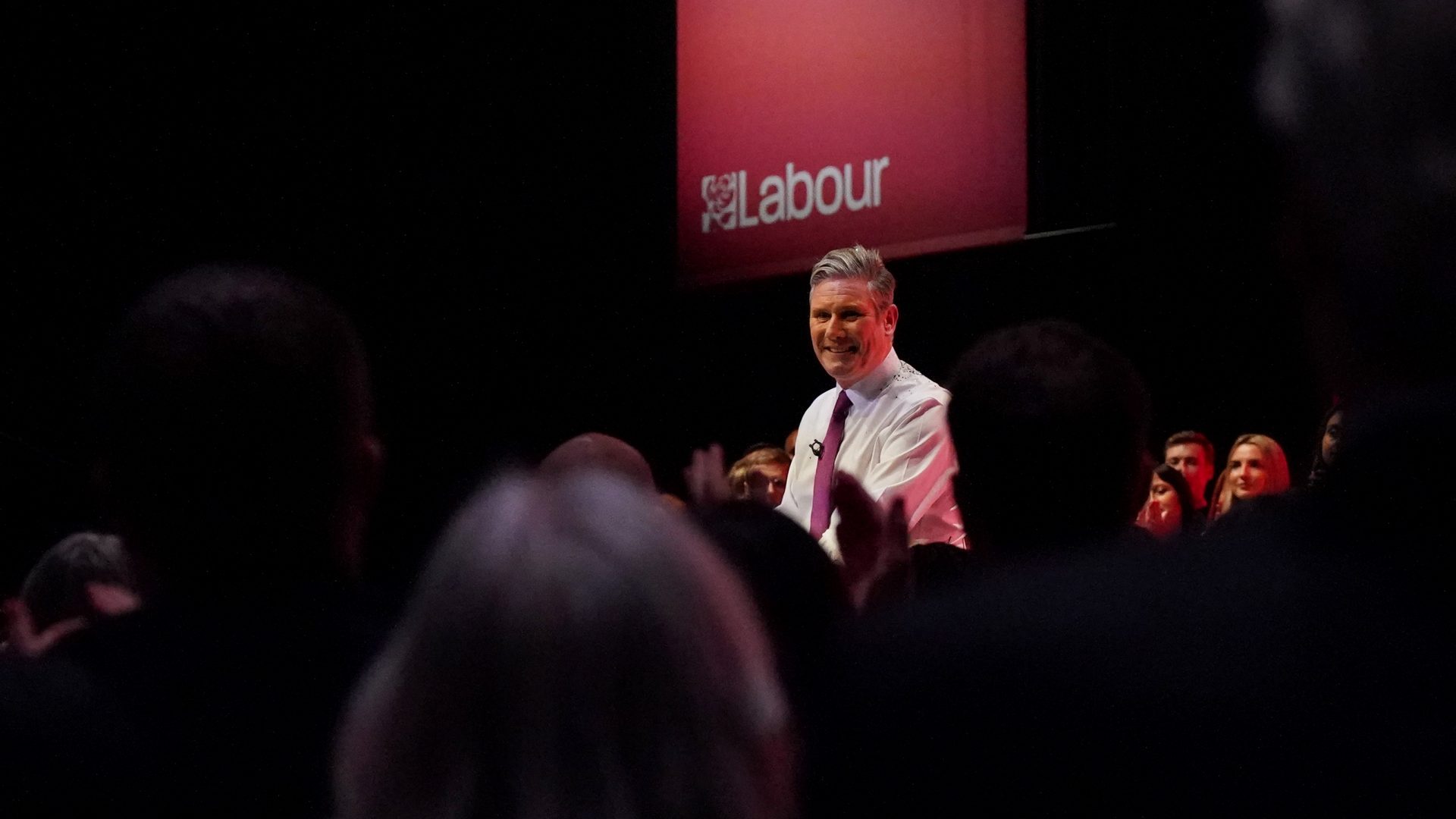One shock of covering election campaigns in other countries is discovering that manifestos are largely – thought not entirely – a UK phenomenon. The idea of setting out in a booklet your pitch for what you will and won’t do if you form the next government, and making that the centrepiece of your election campaign, is not a universal one.
It is, in theory at least, a commendable way to campaign – creating an actual covenant with the electorate for a governing party. Even though manifestos aren’t binding, they provide the clearest possible mechanism for later accountability – they are more important than “regular” political promises, to the extent that by convention any manifesto policy cannot be blocked by the House of Lords.
Manifestos are the policy part of the sales pitch to the nation that makes up an election campaign – not a blueprint or full plan for government. Yes, campaigns will still be dominated by personality, perceived competence, and quite often whether the level of despair in the governing party is higher than that in the opposition, but manifestos at least make sure that policy remains in the mix during an election.
But they are loaded with far more meaning and importance than that – perhaps more than they can bear. For most of the parties in any given election, there is zero prospect that they will form the next government.
For them, there is little risk of being held to account for any manifesto promise. Instead, it is purely about positioning – in the same way that an advert can tell you a lot about how a brand wants you to think of it, and who it’s targeting, a manifesto tells you who a party wants to vote for it.
As an added bonus for small parties expecting a close election result, they can serve as the basis for coalition agreements, or at least confidence and supply. A savvy larger party will study the manifesto of possible coalition partners, and will look for the pledges that most closely align to their own, so as to work out what they are willing to offer.
The manifesto game is already somewhat rigged against the bigger parties that might viably win an election – though given they’re the ones actually pitching to run the country, it arguably should be – but the relatively recent phenomenon of insisting manifestos are “fully costed” further stacks the deck.
No independent body is responsible for signing off whether or not a particular manifesto is “fully costed”. Instead, each party marks its own homework and leaves it for thinktankers and journalists to see if they can pick apart the figures.
No one bothers to do this for smaller parties, which means they get away with saying no one challenged their figures, while the bigger ones face far more scrutiny. In reality, government finances are far more complex and dynamic than even Labour or Tory costings (without help from the Treasury) could ever actually reflect.
The result is a weird, entirely modern, ritual in which every party angrily insists their own plans are “fully costed” and none of the others are, which handily wastes a huge amount of time in public debates.
It’s not at all clear whether saying “We’ve decided not to insult voters’ intelligence with back-of-the-envelope figures to make the same meaningless claim as every other party,” would be a vote winner, but it would at least be novel – and position a political brand differently.
There is one other fundamental flaw with the manifesto process, though this one is less the fault of the political parties than it is of the media. Westminster journalism hyper-serves a relatively tiny fraction of the country who place close attention to politics all of the time, many of whom either work in politics, public affairs, or the media itself.
Those journalists barely cover opposition policies when they’re announced, unless the policies are huge. Only the biggest opposition policies will make front-page news, and many will make a sentence or two in a longer piece at most. Even those policies that are covered will remain unknown to the vast majority of the public, who don’t read political news outside election time.
Nonetheless, the absence of “new” policies in a manifesto will be counted against a party when its manifesto is announced. Even if its contents would be new and interesting to the vast majority of potential voters, what they will instead be told is that there was “nothing new in it”.
That creates a political catch-22. Parties either work methodically, announcing policies as they are developed and trying to show they have a coherent plan for what they’d do in government – which roughly has been the process Team Starmer has followed – and then get slammed for offering “nothing new”, or else they spend years being criticised for not having any policies, to try to spring a whole bunch at once from nowhere. As a means of informing the public about their options at the ballot box, it is distinctly lacking.
So, if manifestos are about market positioning, homing in on your target audience, and for the larger parties showing which policies you’re most willing to be accountable for, what is each manifesto actually saying? Who are they aimed at, and why?
Rather than a summary of the contents, regard the section below as a summary of the rationale behind them.
WHAT THE PARTIES ARE PROMISING:
The Green Party
This is a manifesto squarely aimed at people whose main criticism of Labour’s 2019 manifesto was that it didn’t go far enough. There are lots of promises for expansive new public spending, which it says will be funded through new wealth taxes on the ultra-rich.
Freed of the constraints of Labour, the manifesto goes further – the crown estate would be brought into public ownership, and energy companies, water and the railways would be “immediately” nationalised. The UK would be net zero by 2040 at the latest.
This is a manifesto focused on attracting Corbynites as much as environmentalists – much of its focus is left-wing economic, in a way that will delight some of its coalition and startle the more traditional “preserve green spaces” crowd. The Greens have at most three target seats, all of which are in competition with Labour, and this is aimed squarely at the left-leaning crowd.
Liberal Democrats
The most notable trait of this manifesto is that it is aiming to be the most pro-EU of the national parties while not going all the way out to rejoin. By pledging to rejoin the single market but not the EU proper, the Lib Dems have probably struck the right balance – able to argue it’s about economic benefits and growth without committing to closer political union.
The Lib Dems have written off, correctly, unrepentant Brexit voters with that tactic, but are otherwise aiming squarely at southern voters who either put their cross in the Tory box last time or else stayed home.
Almost every seat the Lib Dems are seeking to win is currently held by the Conservatives – leaving the party with the balancing act of trying to peel off Labour voters (either tactically or as full converts) while not scaring off Conservatives. Offers of free personal care, more GPs and more public spending all hit those sweet spots, even if the costings as to how to pay for them are works of total fiction.
Reform UK
Unsurprisingly for a political party without most of the structures of regular parties, Reform doesn’t have a formal manifesto to speak of, but its policies range from what you’d expect – on immigration – to the esoteric in other areas. Immigration contains a predictable “freeze” on “non-essential immigration”, while asylum claims will supposedly be handled in Britain’s overseas territories.
More startlingly, Reform’s plans for its “first hundred days” include £70bn of personal tax cuts and £18bn of business tax cuts. This would suggest Reform is targeting voters who think Liz Truss’s main failing was that she was too cautious, but in reality they know their vote is a protest vote and so are happy to publish this madness.
The Conservative Party
There is not much to say about this manifesto, beyond the fact that it’s asking you not to look at the Conservatives’ actual record but instead to focus on their aspirations.
Facing the choice of sticking to the credibility of being the party currently in government versus offering a lot of red meat to the party’s core vote, Rishi Sunak has characteristically aimed for both and has probably achieved neither.
The main aim of the manifesto is to present the Conservatives as a tax-cutting party versus Labour as one that will hike them. It’s a familiar tune, but it’s not obvious who wants to hear it.
Labour
The party will probably have been very happy with their manifesto – it didn’t really change the narrative of the election much at all. Usually that’s a disaster, but when you’re around 20 points ahead, it’s a relief.
Labour’s manifesto has a lot more detailed policy and a lot more in the way of proposed reforms than its writeups would suggest, but is very obviously grounded in “responsibility”. Incremental changes the party has worked on in opposition are announced, bigger long-term decisions will be consulted upon. There is more in the way of tax hikes (largely from non-doms, private equity and private school fees) than new spending.
Keir Starmer is betting that the polls are right, and is deciding not to change horses during a race he is winning – flashy is out, dependable is in. The sales pitches have been made – but there’s still time before we see what the public is buying.




